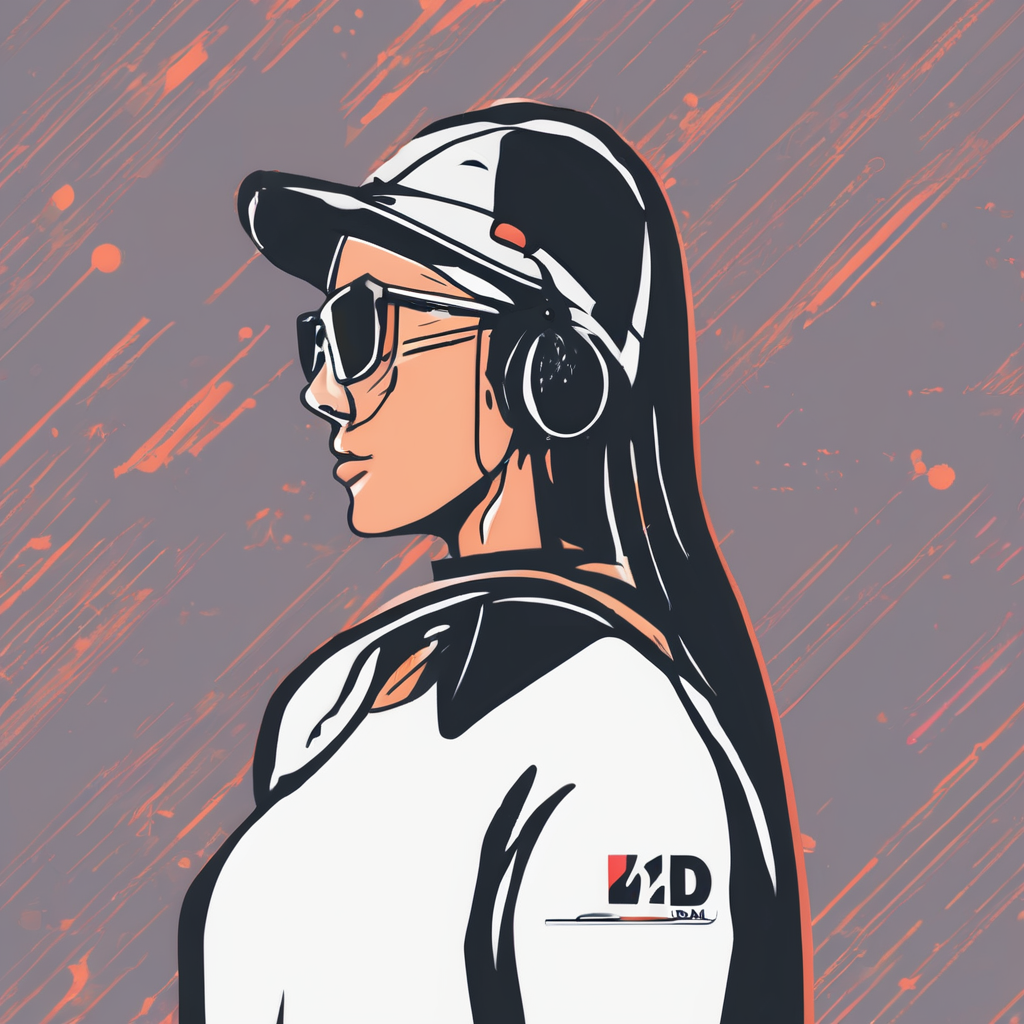Key Historical Influences Shaping Women’s Fashion in the UK
Women’s fashion history UK reflects deep ties to historical events and societal changes. The Victorian age, marked by strict social rules, dictated modest and structured clothing for women. Corsets and voluminous skirts symbolized both status and restraint.
In the interwar period, fashion evolution accelerated with looser silhouettes and shorter hemlines, reflecting women’s growing independence after World War I. This era also saw the impact of economic shifts, as practical clothing became necessary, yet style remained essential.
This might interest you : How Does British Women’s Fashion Evolve Across Different Seasons?
Post-war years brought further transformation. Wartime rationing limited fabric use, but women’s roles expanded into the workforce, prompting more functional attire. Royal occasions, like Queen Elizabeth II’s coronation, played a huge role in inspiring trends rooted in British history and style, blending tradition with modernity.
Societal expectations consistently shaped women’s clothing choices. From restrictive Victorian norms to the freedom of post-war decades, fashion mirrored women’s evolving roles. Understanding these influences reveals how the UK’s fashion evolution is inseparable from its cultural and historical context.
Also to read : What Are the Emerging Trends in UK Women’s Fashion for 2023?
Cultural Movements and Their Lasting Impact
Cultural shifts have profoundly shaped British fashion culture, intertwining closely with broader social changes. Movements like the Swinging Sixties, Punk, and Mod culture didn’t just redefine style; they transformed societal attitudes. The Swinging Sixties introduced a vibrant optimism, encouraging bold, colorful designs that symbolized freedom and youth. Punk, emerging in the 1970s, challenged conventions with rebellious aesthetics, often using DIY fashion to express dissatisfaction with the establishment.
These shifts occurred alongside major social liberation efforts, which altered traditional gender norms and blurred fashion boundaries. Women embraced more daring silhouettes, while men’s fashion incorporated elements previously considered feminine. The modulation of gender expectations was apparent in fashion and society alike, reflecting increased acceptance and diversity.
Simultaneously, multiculturalism began to weave into mainstream British fashion, enriching styles with global influences. This integration led to a more eclectic, inclusive approach that honored diverse cultural heritages. The result is a dynamic fashion landscape where identity and expression are celebrated, continually evolving with ongoing cultural dialogues.
Understanding these cultural movements highlights their lasting impact on British fashion culture, demonstrating how style serves as both mirror and motor for social change.
Influential Designers and Iconic Trends
In British fashion history, Mary Quant, Vivienne Westwood, and Alexander McQueen stand out as seminal figures shaping the evolution of fashion design. Mary Quant is celebrated for introducing the miniskirt, a revolutionary garment that captured the youthful spirit of the 1960s and became an emblem of cultural change. Her boutiques brought accessible, bold styles directly to the public, changing how fashion was consumed.
Vivienne Westwood’s contributions are equally pivotal. Her punk-inspired designs in the 1970s challenged traditional fashion norms, exemplifying rebellion and avant-garde creativity. Westwood’s work not only influenced global trends but also underscored the role of boutiques as incubators of cutting-edge style.
Alexander McQueen elevated British fashion with theatrical and provocative runway shows, blending historical references with modern dark romanticism. His innovative tailoring and craftsmanship marked a significant point in the evolution of fashion design, pushing artistic boundaries.
Together, these designers created iconic UK fashion trends and signature looks that defined entire eras. Their impact continues to influence contemporary fashion houses and design philosophy, highlighting the UK’s enduring role as a fashion powerhouse.
Technological Advances and Media Influence
The evolution of fashion technology UK has been propelled by groundbreaking innovations in fabrics and manufacturing methods. Developments like synthetic fibers and automated sewing machines have revolutionized production, making designs more accessible and diverse. Such advancements enable designers to experiment with materials that are lighter, more durable, and easier to care for, enhancing both function and style.
Parallel to these technological strides, media and fashion have become intrinsically linked. Television, and later the internet along with social media platforms, have transformed how trends spread and influence consumer behavior. High-definition broadcasts and online visuals showcase collections worldwide instantly, allowing fashion to transcend traditional boundaries.
Moreover, fashion innovation has been fueled by the power of magazines, films, and popular culture, which act as trend incubators. Fashion magazines in the UK have historically shaped public taste by highlighting new styles and designer works. Films not only inspire wardrobes but also solidify cultural moments that can define a generation’s style. Today, digital channels amplify this effect, enabling rapid trend cycles and greater dialogue between designers and audiences.
